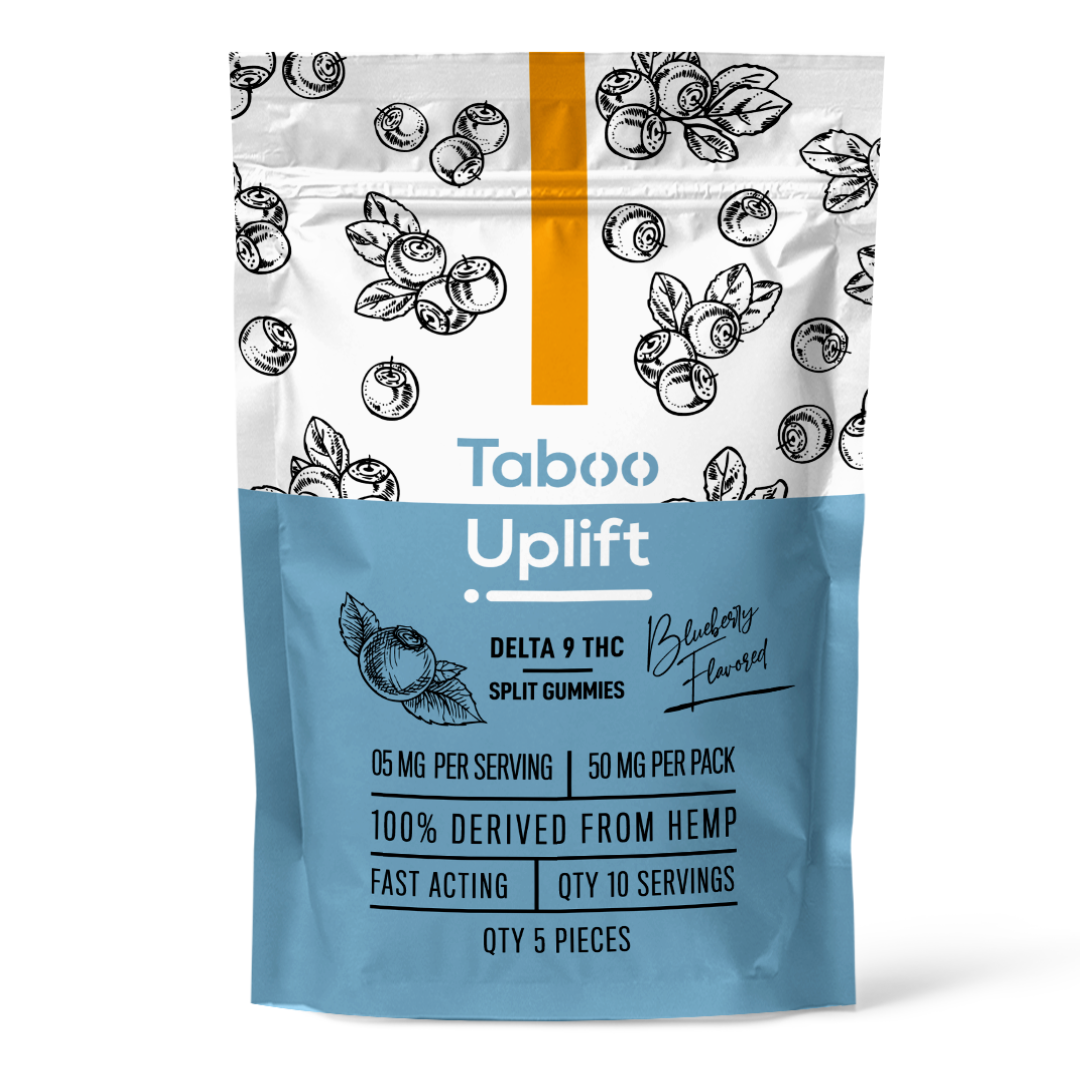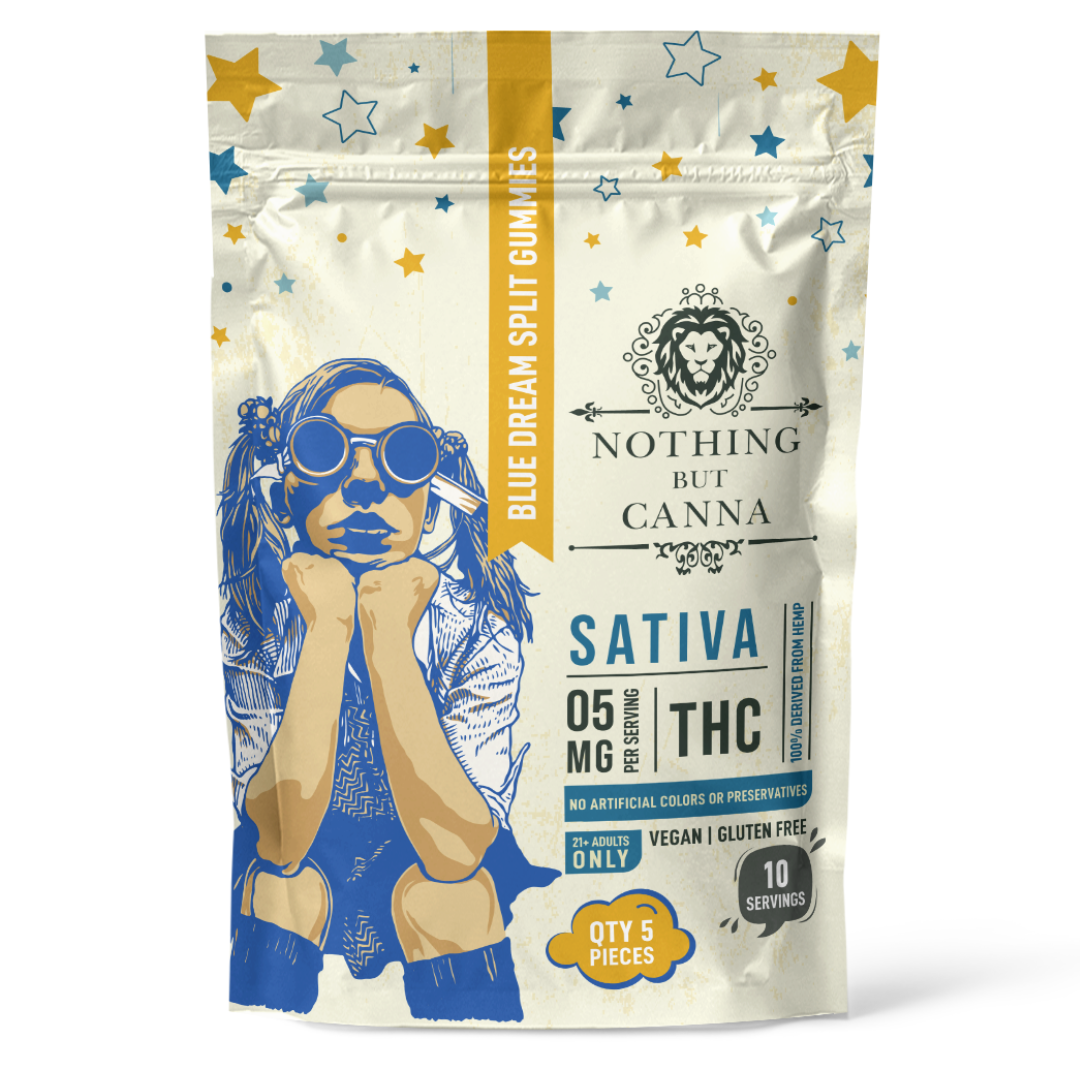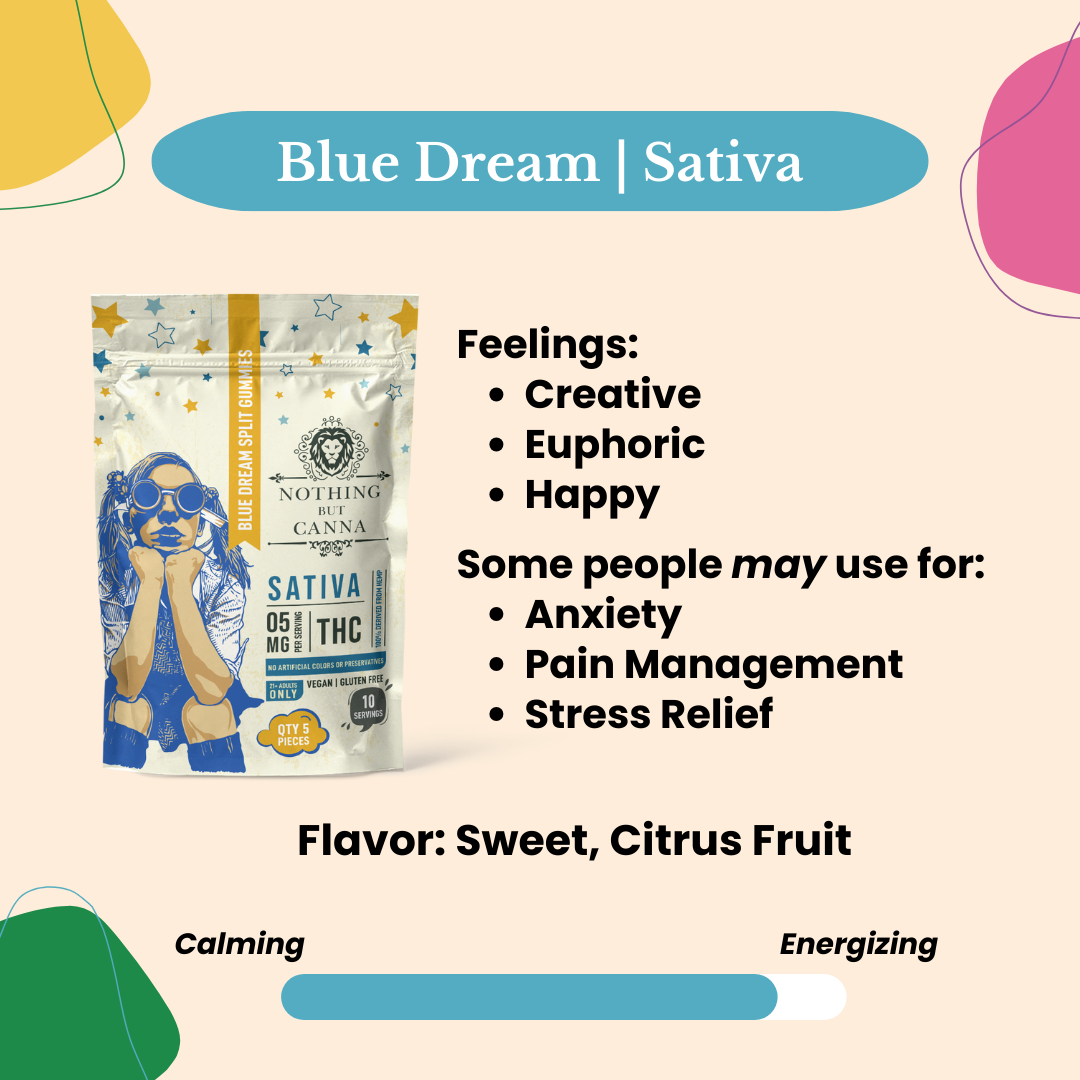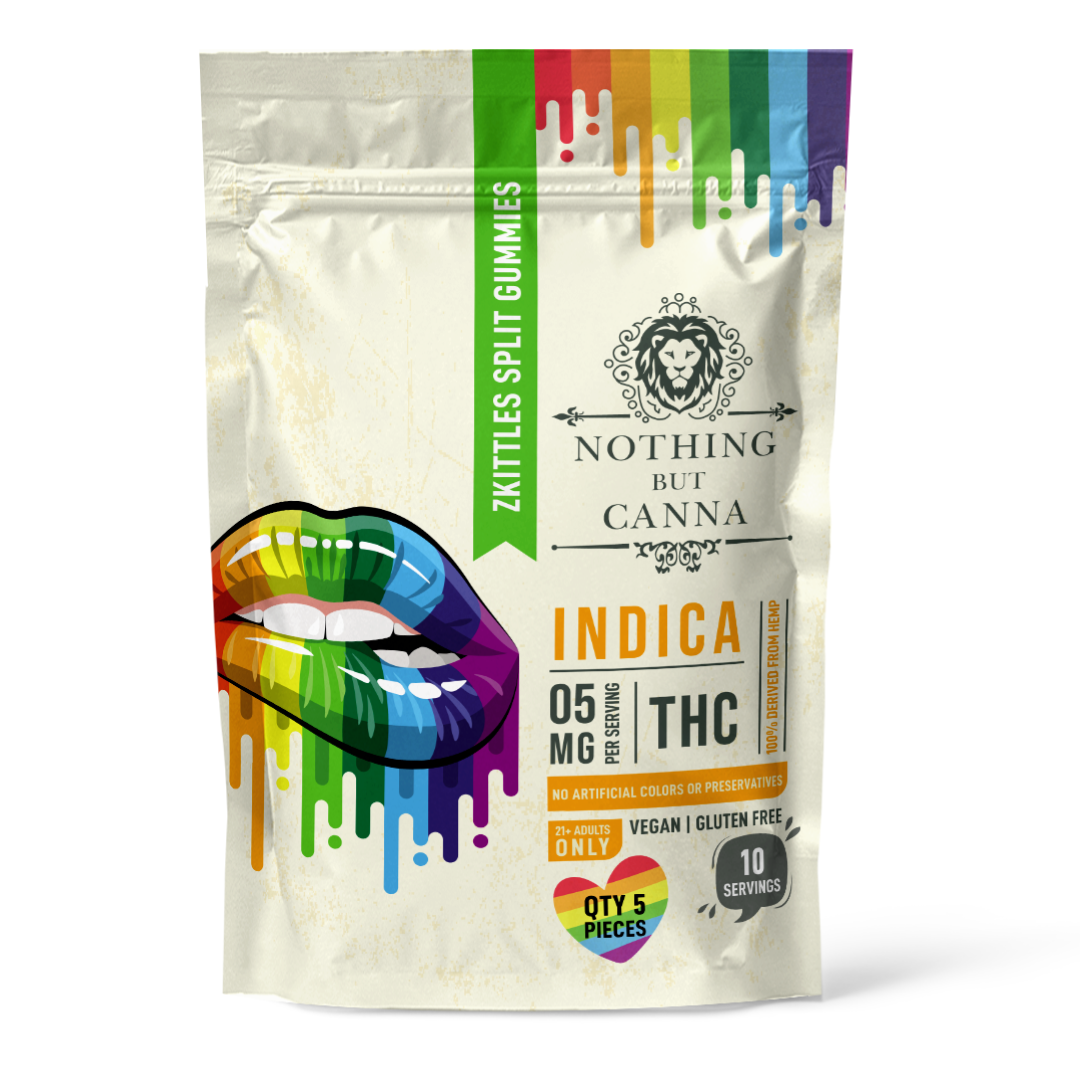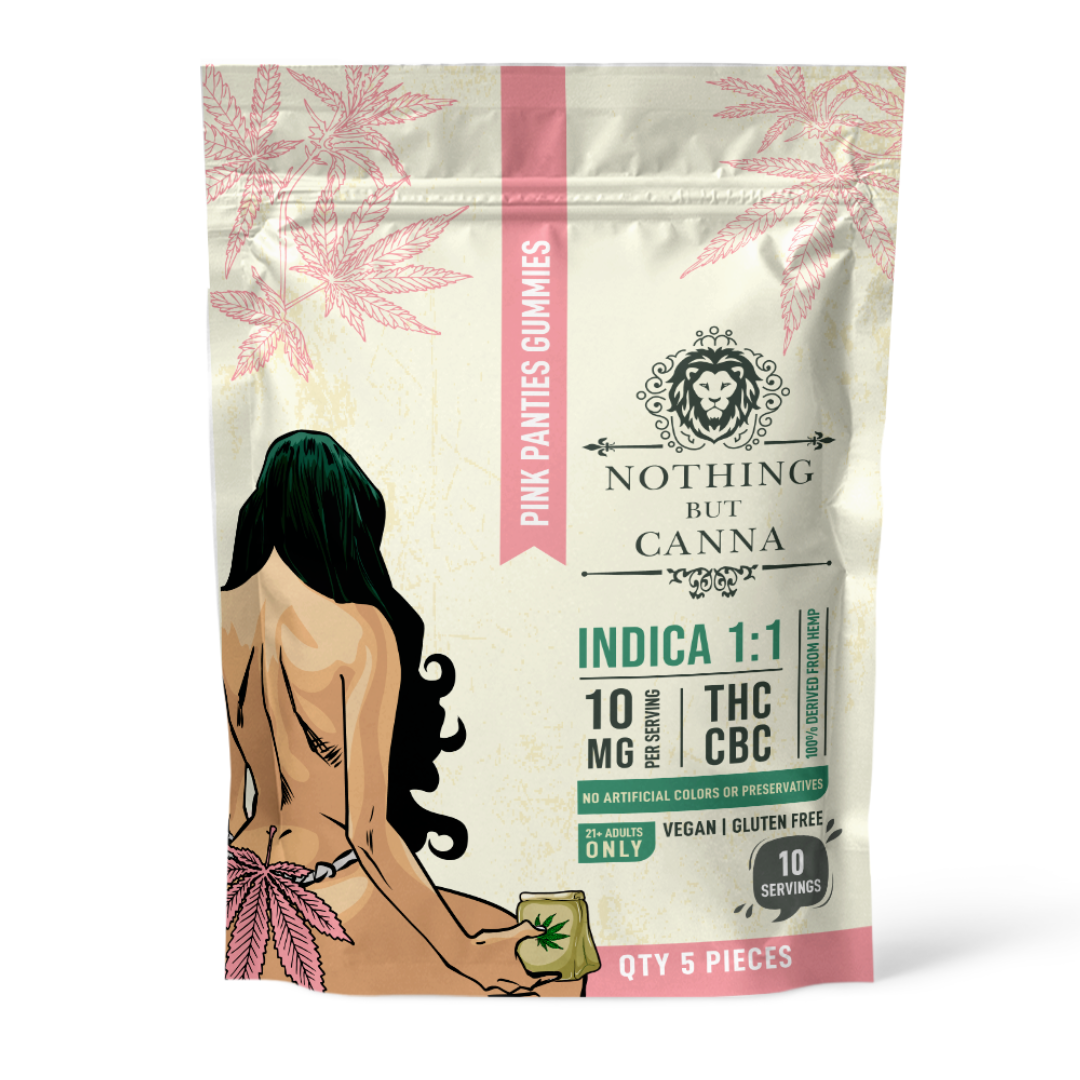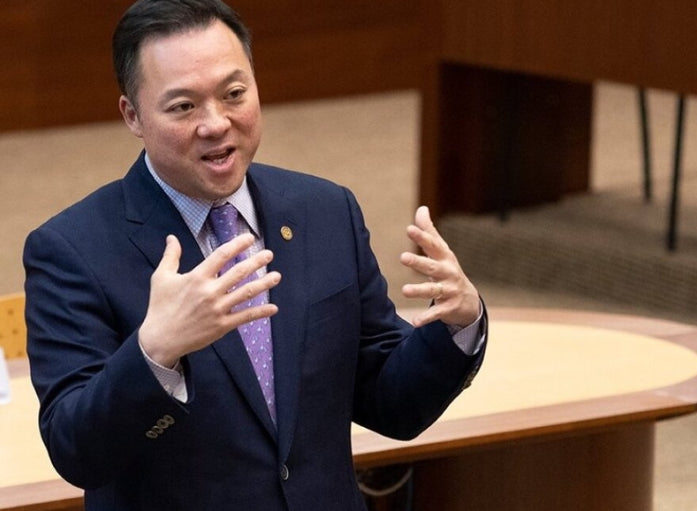Since the 2018 Farm Bill legalized the plant, industry advocates and stakeholders have been seeking to increase the THC threshold level that distinguishes hemp from federally illegal cannabis.

One of the more unusual and logic-defying aspects of the hemp versus cannabis debate is the actual legal definition of the two plants. For many people, hemp and cannabis are two distinctive crops that grow entirely independently of each other. However, many of those same individuals are generally shocked to discover that hemp and cannabis are part of the same single plant, cannabis sativa.
For millennia, farmers from civilizations dating as far back as the ancient Egyptians and Chinese empires have cultivated the cannabis sativa plant. Whether they referred to it as hemp or cannabis, it was all one singular flower. The distinction between the wildly misunderstood and maligned plants was not officially defined until Congress passed the 2018 Farm Bill.
In that seminal piece of legislation, lawmakers, for the first time in almost a century, legalized hemp and all of its downstream derivative products and uses. In doing so, they created a somewhat arbitrary number to separate hemp from its more notorious and popular sibling, cannabis.
The language of the bill designated any portion of the cannabis sativa plant containing less than 0.3% Delta-9 THC (the most well-known intoxicating cannabinoid) to be hemp. All other parts of the plant became classified as cannabis or marijuana.
For years, no one could adequately explain or justify the 0.3% threshold amount. To many hemp experts and scientists, the number is incredibly low and has no objective scientific basis. In fact, a government researcher recently came forward to question the scientific validity of the threshold limit.
According to Frances Scott, a physical scientist at the National Institute of Justice (NIJ) Office of Investigative and Forensic Sciences under the DOJ, while the intent behind the low THC standard is to prohibit individuals from accessing intoxicating hemp products, the justification of the particular 0.3% rule is not especially grounded in science.
"It's just a really hard line, and it's a really low line," Scott said during an episode of the Justice Today podcast posted this month.
Scott also discovered the somewhat random origins of the 0.3% threshold limit during her research.
"It's sort of fascinating where that 0.3 percent came from, too. It seems to have come from, like, one mention hypothetically in an article from the 1950s, and kind of got picked up and run with," Scott said.
"It's sort of fascinating where that 0.3 percent came from, too. It seems to have come from, like, one mention hypothetically in an article from the 1950s, and kind of got picked up and run with."
- Dr. Frances Scott, Physical Scientist at the National Institute of Justice (NIJ)
Now, according to numerous media reports, the National Association of State Departments of Agriculture (NASDA) is lobbying Congress to raise the THC threshold limit for legal hemp. With the Farm Bill receiving a last-minute extension through September 2024, lawmakers will soon resume work on crafting the next version of the measure.
When they do, NASDA, which represents state agriculture officials in 50 states and four U.S. territories, will begin working closely with hemp industry advocates and stakeholders to urge lawmakers to triple the THC limit for hemp from the current 0.3% delta-9 THC by dry weight to 1%.
"Increasing the THC concentration to one percent would enable farmers to plant more seed varieties. This action also retains limits on THC concentration while giving farmers greater assurance their crop will be viable," NASDA said in a one-pager describing its 2024 Farm Bill priorities.
"Increasing the THC concentration to one percent would enable farmers to plant more seed varieties. This action also retains limits on THC concentration while giving farmers greater assurance their crop will be viable."
- One-Pager on 2024 Farm Bill Priorities Released by NASDA
The THC threshold limit is just one of five critical policy areas the association is targeting for the almost trillion-dollar spending bill. On Monday, NASDA CEO Ted McKinney issued a press release where he said, "(Our members) see urgent need for action in these areas to support farmers and ranchers in their ability to grow our nation's food, fiber and fuel. Further, we believe these are the areas where state departments of agriculture are uniquely positioned to champion policy solutions this year."
"(Our members) see urgent need for action in these areas to support farmers and ranchers in their ability to grow our nation's food, fiber and fuel. Further, we believe these are the areas where state departments of agriculture are uniquely positioned to champion policy solutions this year."
- NASDA CEO Ted McKinney
This latest action on the part of NASDA is not the first time the need to raise the THC limit for hemp has come up for debate in Washington. However, the power and weight of NASDA's influence is much more significant than any individual lawmaker's actions or lobbying on the part of hemp interest groups.
If all fifty state agriculture departments see the need to increase the threshold, Congress must at least entertain the possibility of an increase. In doing so, they will substantially empower and energize a market sector under constant and unfair duress for almost half a decade. It is time to raise the limit.


























